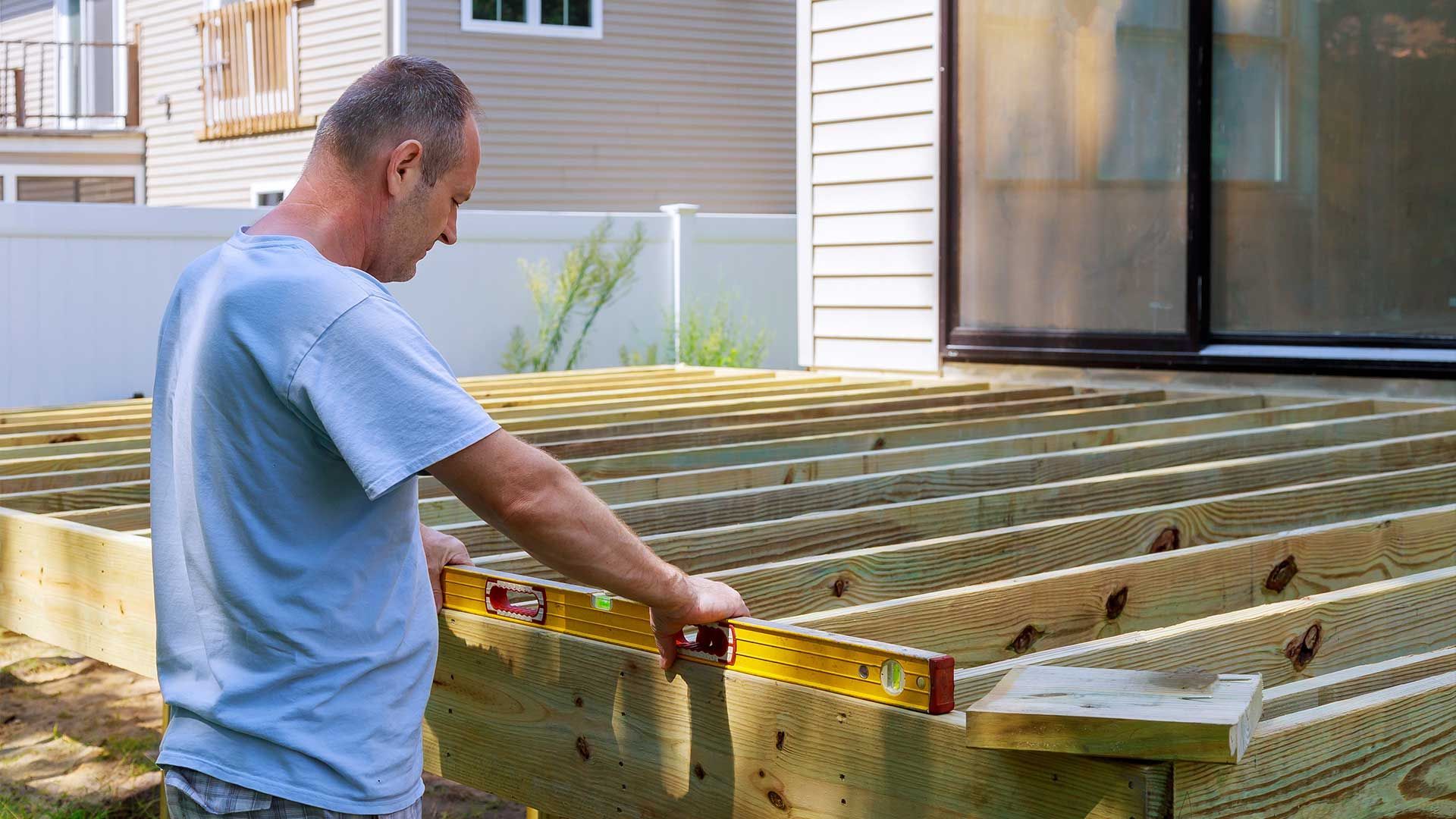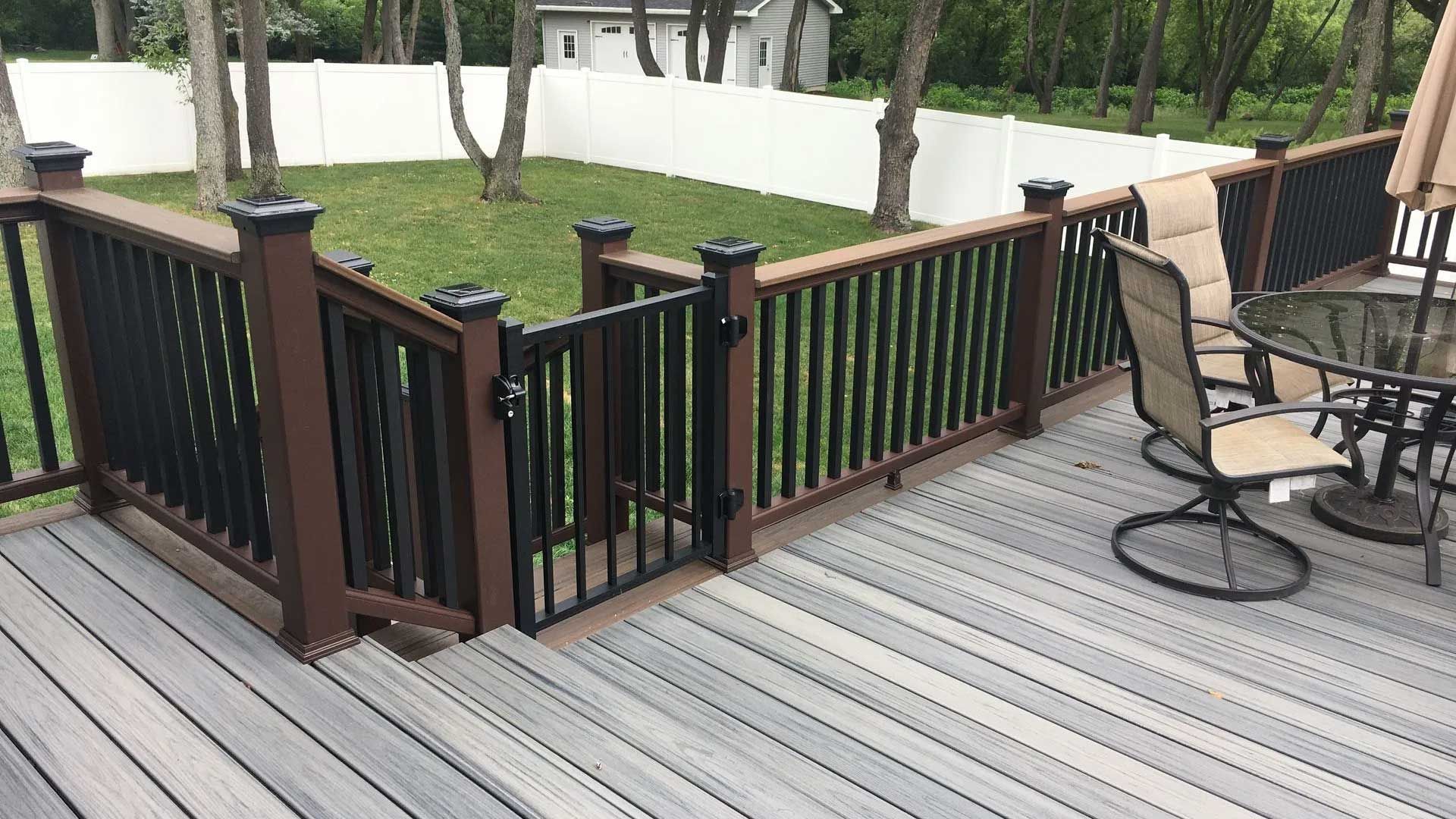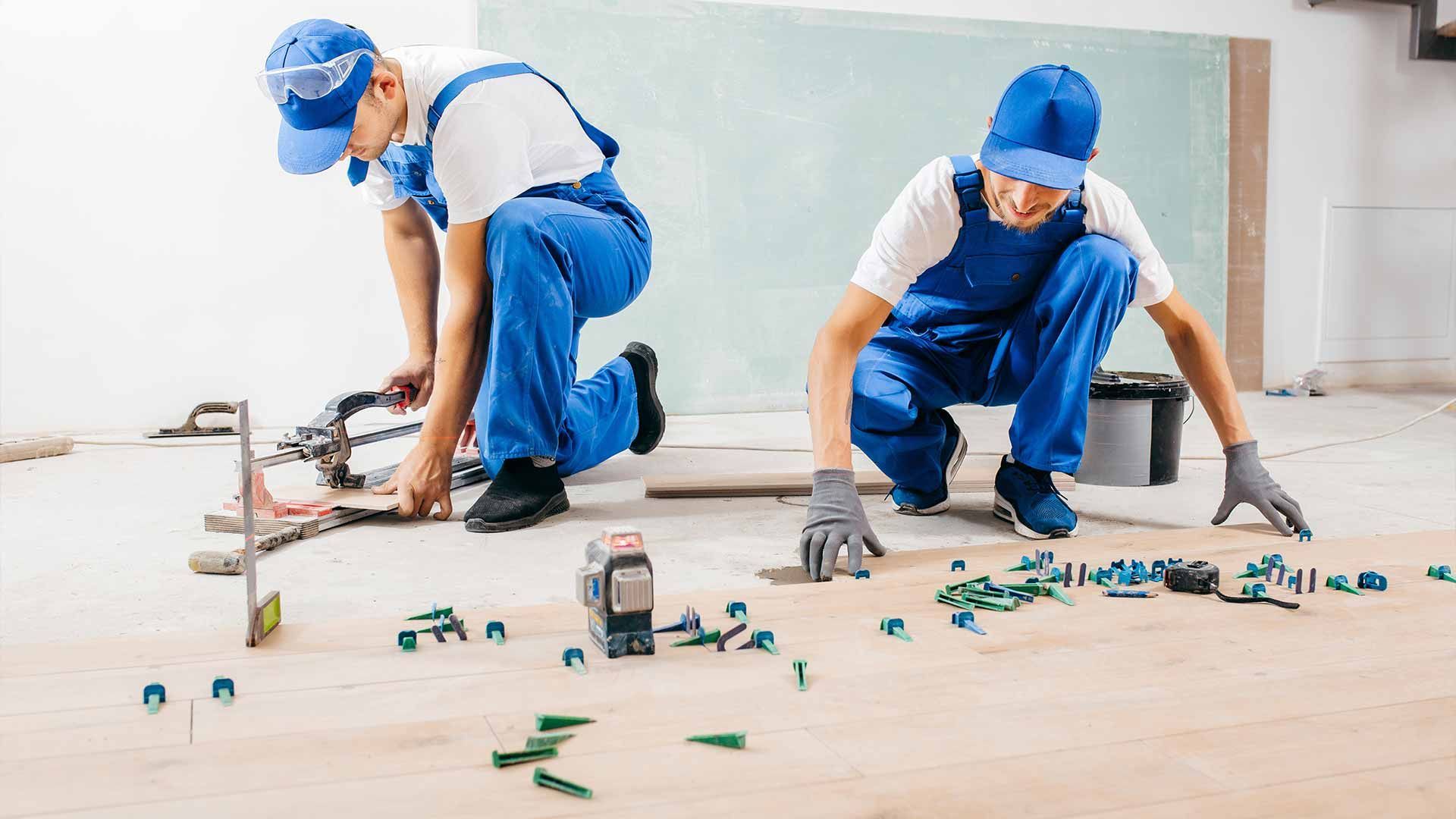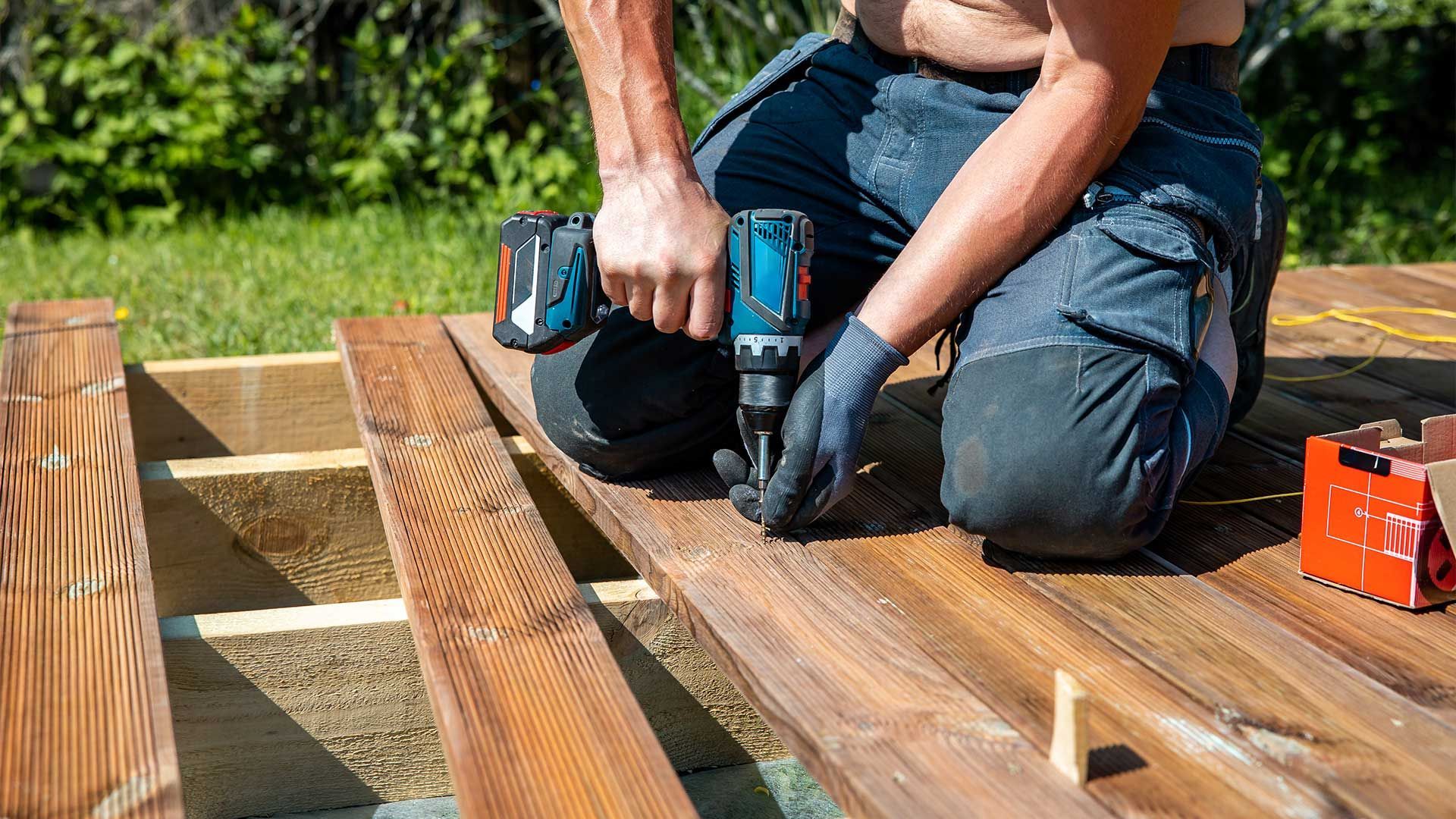Mastering Drywall Repair: The Importance of Using Mesh
Drywall repair mesh plays a crucial role in the process of fixing damaged walls and ceilings, ensuring sturdy and long-lasting repairs. Whether it's a small crack, hole, or larger damage, using mesh is essential to reinforce and strengthen the repaired area. In this comprehensive guide, we'll delve into the importance of drywall repair mesh and why it's a staple in any DIY enthusiast or professional contractor's toolkit.
Understanding the significance of drywall repair mesh begins with recognizing the vulnerabilities of drywall. Drywall is prone to damage from various factors, including impacts, moisture, and settling. Without proper reinforcement, repaired areas can quickly deteriorate, leading to recurring issues. Drywall repair mesh serves as a supportive layer that helps prevent future cracking or crumbling, ensuring that your repairs withstand the test of time.
Throughout this article, we'll explore the benefits of using drywall repair mesh, different types available, and how to effectively apply it for seamless repairs. Mastering drywall repair is incomplete without understanding the importance of incorporating mesh into the process. So let's dive in and learn how to achieve professional-quality results with
drywall repair mesh.
Understanding Drywall Damage
Drywall damage is a common issue faced by homeowners and property managers, often resulting from everyday wear and tear, accidents, or structural issues. Cracks, holes, dents, and water damage are among the most frequent types of damage observed in drywall. These imperfections not only affect the appearance of walls and ceilings but also compromise their structural integrity.
Various factors contribute to drywall damage, including impacts from furniture or objects, moisture infiltration from leaks or humidity, and settling of the building foundation. Without proper attention and repair, minor damages can worsen over time, leading to more extensive and costly repairs in the future.
Recognizing the signs and causes of drywall damage is the first step in addressing the issue effectively. By understanding the vulnerabilities of drywall, homeowners can take proactive measures to prevent damage and implement timely repairs when necessary. Drywall repair mesh plays a crucial role in reinforcing damaged areas and ensuring durable repairs that withstand the test of time.
Introduction to Drywall Repair Mesh
Drywall repair mesh serves as a fundamental component in the process of restoring damaged drywall surfaces. It is a versatile material that aids in reinforcing and strengthening repaired areas, ensuring they remain stable and durable over time. This essential tool comes in various forms, each designed to address specific types of damage and application methods.
The primary purpose of drywall repair mesh is to provide added support and stability to patched areas, preventing future cracking or crumbling. It acts as a barrier that distributes stress evenly across the repaired surface, minimizing the risk of further damage. Additionally, drywall repair mesh helps to create a smooth and seamless finish, ensuring professional-quality results with every repair.
In the following sections, we will explore the different types of drywall repair mesh available, their unique features and benefits, and how to effectively utilize them in
various repair scenarios. Understanding the importance and versatility of drywall repair mesh is essential for mastering the art of drywall repair and achieving long-lasting results.
Benefits of Using Drywall Repair Mesh
Using drywall repair mesh offers several advantages that contribute to the effectiveness and longevity of repairs. One of the primary benefits is its ability to reinforce damaged areas, providing added strength and stability to the repaired surface. This reinforcement helps prevent future cracking or crumbling, ensuring that the repaired section remains intact over time.
Additionally, drywall repair mesh helps to create a smooth and seamless finish, resulting in professional-quality repairs that blend seamlessly with the surrounding drywall. The mesh acts as a supportive layer, distributing stress evenly across the repaired area and minimizing the risk of further damage.
Another advantage of using drywall repair mesh is its versatility. It can be used to repair various types of damage, including cracks, holes, and dents, making it a versatile solution for a wide range of repair scenarios. Whether you're tackling a small DIY project or repairing extensive damage, drywall repair mesh provides the support and stability needed to achieve durable and long-lasting results.
Types of Drywall Repair Mesh
There are several types of drywall repair mesh available, each designed to address specific repair needs and application methods. Understanding the differences between these types of mesh can help homeowners and contractors choose the right option for their repair projects.
1. Fiberglass Mesh Tape:
- Fiberglass mesh tape is a popular choice for repairing drywall cracks and joints. It is self-adhesive, making it easy to apply to the damaged area. Fiberglass mesh tape is durable and resistant to shrinking or stretching, ensuring a long-lasting repair.
2. Self-Adhesive Mesh Patches:
- Self-adhesive mesh patches are pre-cut patches that are applied directly over holes or damaged areas in the drywall. These patches are easy to use and provide added strength and stability to the repaired area. Self-adhesive mesh patches are available in various sizes, making them suitable for both small and large repairs.
3. Paper-Faced Metal Corner Bead:
- Paper-faced metal corner bead is used to reinforce and protect outside corners of drywall. It consists of a metal strip with paper on one side, which is applied to the corner of the drywall and then covered with joint compound. Paper-faced metal corner bead provides added strength and durability to corner joints, preventing damage and ensuring a smooth finish.
By understanding the different types of drywall repair mesh available, homeowners and contractors can choose the right option for their
specific repair needs and achieve professional-quality results.
How to Use Drywall Repair Mesh
Using drywall repair mesh effectively involves several steps to ensure proper application and a seamless finish. Here's a step-by-step guide on how to use drywall repair mesh for your repair projects:
1. Prepare the damaged area:
- Start by cleaning the damaged area of any debris, dust, or loose drywall material. Ensure the surface is smooth and free of any obstacles that could interfere with the mesh application.
2. Cut the mesh to size:
- If using fiberglass mesh tape or self-adhesive mesh patches, cut the mesh to the appropriate size to cover the damaged area. Ensure the mesh extends slightly beyond the edges of the damaged area for adequate coverage.
3. Apply joint compound:
- Using a putty knife or trowel, apply a thin layer of joint compound over the damaged area. Smooth the compound evenly over the surface, ensuring it covers the entire area where the mesh will be applied.
4. Apply the mesh:
- Press the drywall repair mesh firmly onto the wet joint compound, ensuring it adheres securely to the surface. For self-adhesive mesh patches, simply peel off the backing and press the patch onto the damaged area.
5. Embed the mesh:
- Using a putty knife or trowel, gently press the mesh into the wet joint compound, ensuring it is fully embedded and there are no air bubbles or wrinkles.
6. Apply additional coats of joint compound:
- Once the mesh is in place, apply another layer of joint compound over the mesh, smoothing it out evenly with the surrounding drywall surface. Allow the compound to dry completely between coats.
7. Sand and finish:
- Once the joint compound is dry, sand the repaired area to smooth out any imperfections and blend it with the surrounding drywall. Finish by applying primer and paint to match the rest of the wall.
By following these steps, you can effectively use drywall repair mesh to reinforce damaged areas and achieve professional-quality repairs that withstand the test of time.
Common Mistakes to Avoid
While using drywall repair mesh can be a straightforward process, there are several common mistakes to avoid to ensure successful repairs and professional-quality results:
1. Overlapping mesh incorrectly:
- One common mistake is overlapping drywall repair mesh incorrectly, which can create uneven surfaces and affect the finish of the repair. Ensure that the mesh is applied smoothly and without overlapping excessively to avoid visible seams or bumps in the repaired area.
2. Not properly securing mesh to the wall:
- Failing to securely attach the drywall repair mesh to the wall can result in the mesh becoming loose or shifting during the drying process. This can compromise the integrity of the repair and lead to uneven surfaces or cracking. Make sure to press the mesh firmly into the joint compound and smooth out any air bubbles or wrinkles to ensure proper adhesion.
3. Applying too much joint compound:
- Applying too much joint compound over the drywall repair mesh can result in excessive build-up and a lumpy or uneven finish. Apply the joint compound in thin, even layers, allowing each layer to dry completely before applying the next. This will help achieve a smooth and seamless repair.
4. Neglecting to sand and finish properly:
- Skipping the sanding and finishing steps can leave the repaired area looking rough or mismatched with the surrounding drywall. Take the time to sand the repaired area smooth and apply primer and paint to match the rest of the wall for a professional-looking finish.
By avoiding these common mistakes and following best practices for using drywall repair mesh, you can achieve durable and seamless repairs that blend seamlessly with the
surrounding drywall.
Conclusion
Mastering drywall repair with the use of mesh is essential for homeowners and contractors alike to achieve professional-quality results and maintain the integrity of walls and ceilings. By understanding the importance of drywall repair mesh and following best practices for its use, you can effectively reinforce damaged areas and ensure durable repairs that stand the test of time.
At Sexton Home Improvement & Repairs Inc., we understand the significance of using drywall repair mesh in achieving seamless and long-lasting repairs. Our team of experienced professionals is dedicated to providing top-quality drywall repair services, utilizing the latest techniques and materials to deliver exceptional results.
Don't let drywall damage compromise the appearance and structural integrity of your home. Contact
Sexton Home Improvement & Repairs Inc. at
815-451-2014 to schedule a consultation and learn more about how our drywall repair services can help you achieve flawless and durable repairs. Let us be your trusted partner in mastering drywall repair with the use of mesh.
Frequently Asked Questions (FAQs)
-
What is drywall repair mesh, and why is it important?
Drywall repair mesh is a reinforcement material used to strengthen and stabilize repaired areas of drywall. It is important because it prevents future cracking or crumbling, ensuring durable and long-lasting repairs.
-
What types of drywall damage can be repaired using drywall repair mesh?
Drywall repair mesh can be used to repair various types of damage, including cracks, holes, dents, and water damage.
-
How do I know which type of drywall repair mesh to use for my project?
The type of drywall repair mesh to use depends on the type and severity of the damage. Fiberglass mesh tape, self-adhesive mesh patches, and paper-faced metal corner bead are common options, each suited for specific repair needs.
-
Can I apply drywall repair mesh myself, or should I hire a professional?
While some minor repairs can be DIY projects, it's recommended to hire a professional for more complex repairs or if you're unsure about the process. Professionals have the expertise and tools to ensure proper application and seamless repairs.
-
How long does it take for drywall repair mesh to dry before I can paint over it?
The drying time for drywall repair mesh depends on various factors, such as humidity levels and the type of joint compound used. Generally, it's advisable to allow the repair to dry completely before sanding and applying primer and paint.
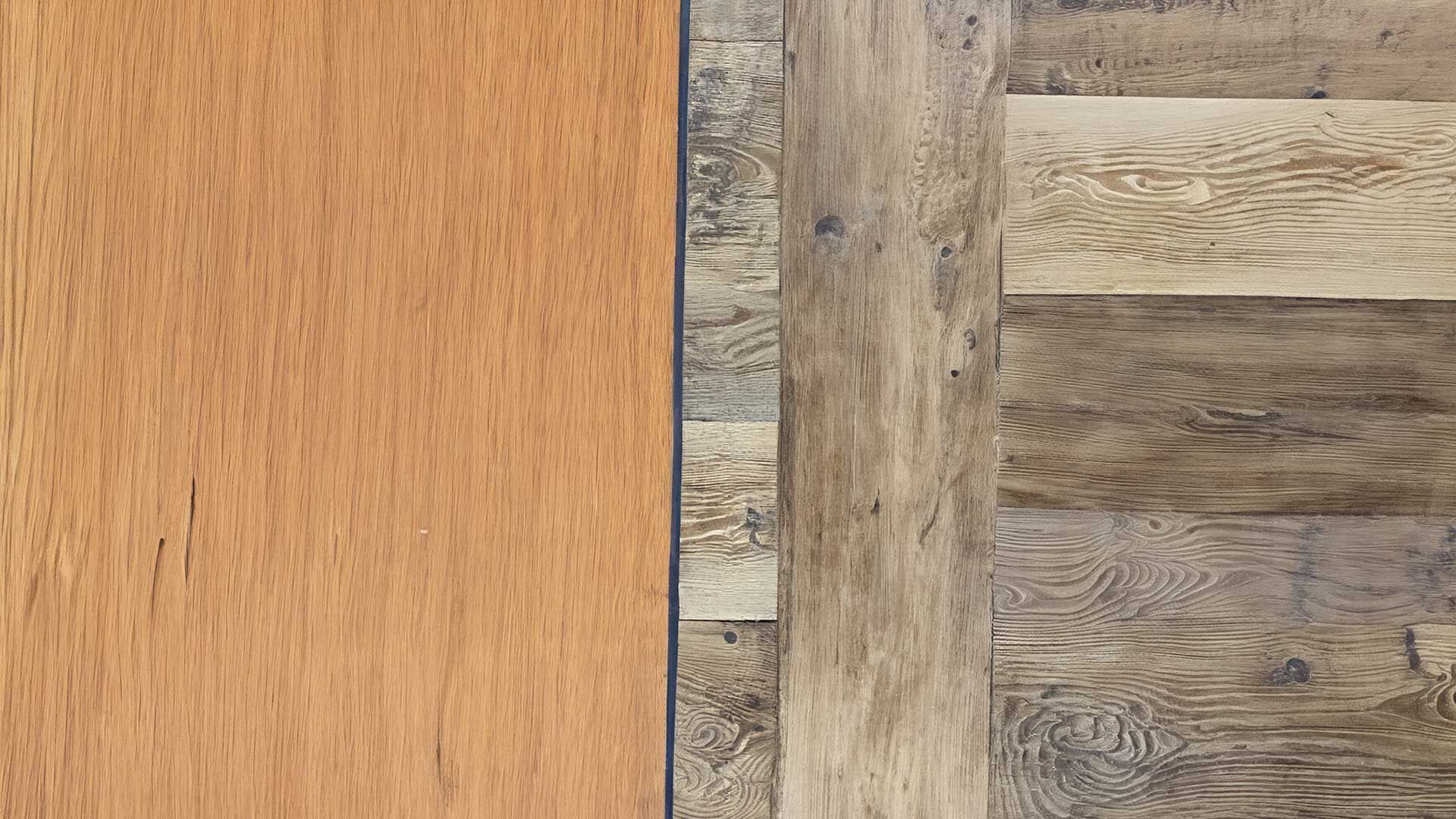
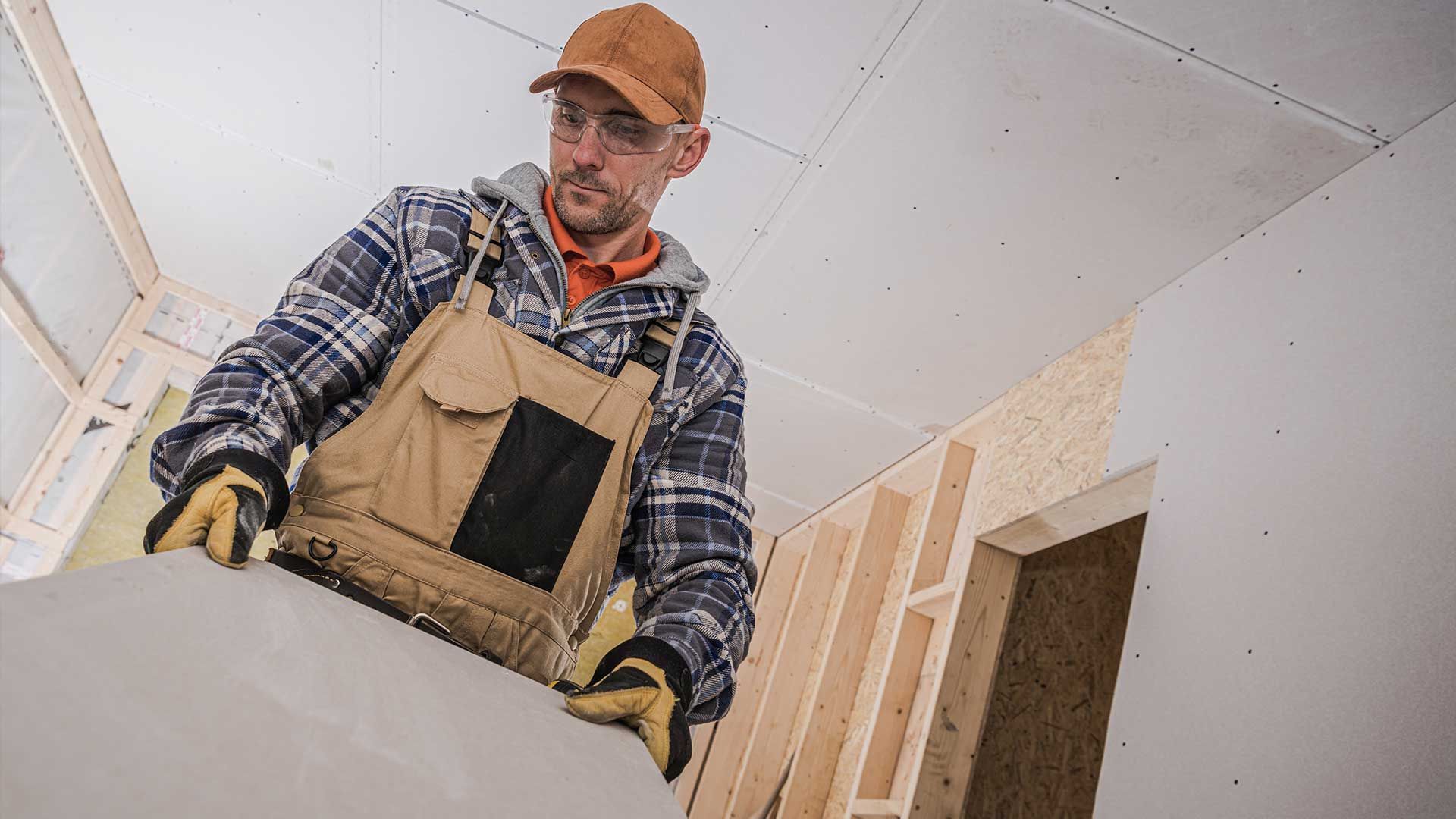
ADDRESS
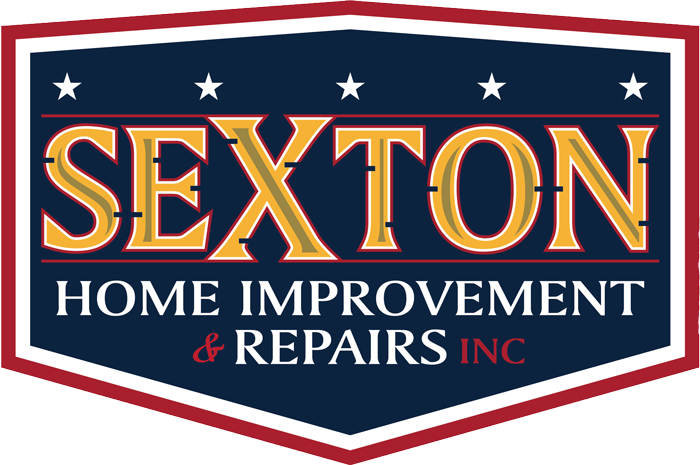
HOURS
- Mon - Fri
- -
- Saturday
- Appointment Only
- Sunday
- Closed
